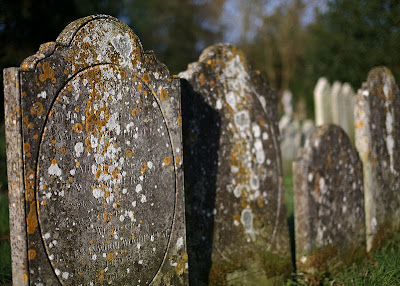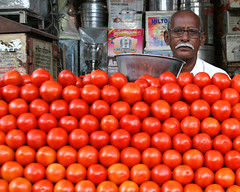Spent a good while on the phone yesterday chatting to my tutor Jesse. He has got me thinking about how to approach the first assignment. He suggested that I should try to make each pair of photographs more than their combination... as he said, try to make 1+1 equal 3. So, no individual and simplistic interpretations of the word clues, but an attempt to indicate a situation or thought with two contrasting images. Hmmmm....
I sat doodling in my field book last night and tried to come up with some ideas.
Two people, one quite large and one Petit. Eyes directed in appropriate directions as if they were looking at each other's face. Not a cut down the same photograph but perhaps separated by a door with the guy outside clutching some flowers and the girl dressed for a night out. Or perhaps in different rooms by telephones waiting for them to ring. Light/dark gives me the idea to shoot the same striking object, an ornament or suchlike with two lighting conditions, one front lit against a dark background and the same shot back lit against a white background.
Hard/Soft gave me the idea of a round, soft backside with a red line across a cheek contrasted with a portrait shot of a male hand holding a thin cane or riding crop. The obvious link being sexual dominance in an SM situation. Need to find a willing backside which won't be easy! Strong/weak gives me a chance to put another slant on relationships between the sexes with pictures of two hands. A slender, weak female hand held up defensively and a strong male fist about to strike. In addition, this contrasts between the previous shots as well, going from sexual dominance to domestic violence. Solid/liquid automatically makes me think (as I am sure lots of other people have thought) of ice and water. Perhaps continuing a theme of relationships through the assignment I might try to show a failed marriage proposal. An engagement ring frozen into an ice cube in a drink being a suitors attempt to propose, with the same ring in a puddle of water after a refusal.
Straying from that theme of relationships, Narrow/Broad might be shown as a narrow stream and a broad river, the link being a small toy boat floating down one and into the other. I remember this from the title shots in a strange Austrian kids programme that I watched when growing up!
My biggest hurdle is not going to be ideas but having the facilities to shoot them as I need both models and a studio! I might have to keep thinking!











